Own-Grown

Backyard Gardening is Easier Than You Think
by Lisa Ludwigsen
My 87-year-old mother clearly recalls helping her grandfather tend his Victory Garden in Wisconsin during WWII. They grew tomatoes, green beans, potatoes, and other veggies, delivering the harvests to her grandmother’s kitchen and sharing with neighbors. Mom remembers the excitement throughout the neighborhood as everyone planted and maintained their own gardens, sharing tips and harvests, to support the soldiers overseas. Neighbors tended the gardens of drafted men while they were away.
Victory gardens were a galvanizing source of pride for Americans during difficult times. The gardens supplemented food for the war effort and generated a sense of purpose and collective contribution as they popped up in public parks and filled vacant lots. Victory gardens boosted morale.
Today we see a new type of Victory Garden, spurred on by ever increasing food prices and general uncertainty about the state of the nation. Suddenly, putting that small space out back into production, or expanding what is already there to increase variety and quantity, seems like a pretty good idea. Backyard gardening is both an act of self-sufficiency and therapy. Fortunately, growing a little food is easy, and our Northern California climate boasts a long growing season. So why not get growing?!
For beginners, it’s possible to start small and keep things manageable. At its most basic, a ‘garden’ can consist of a single tomato or zucchini plant growing in a large pot filled with high quality organic soil. Placed in a sunny spot and properly watered, that single plant will reward you with pounds of tasty tomatoes bursting with flavor or elegant long zucchini perfect for summer meals. In cool seasons, do the same with chard or kale or herbs like parsley or cilantro. Chances are that you’ll be swept into the big world of backyard gardening, inviting you to continue learning, experimenting, and sharing. For anyone looking to improve their gardening game, Mendocino County is rich with experts to both inspire and provide practical know-how.
Tucked into the redwoods in Willits, Ecology Action has been steadily revolutionizing small-scale agriculture around the world since John Jeavons founded it in 1971. The group’s work is focused on the model called Biointensive Sustainable Mini-Farming. The mission: maximize productivity in minimal space, with few external inputs. Jeavons’ Biointensive Gardening model has reached 153 countries and more than one million people because their practical blueprint, developed through their academic work, benefits backyard gardening enthusiasts, too. Jeavons advises gardeners to use the best compost available. Creating healthy, vibrant soil is key to organic food production at all levels—it allows the gardener to space plants closer together, save water, and improve the nutrient density of the food.
Starting with good quality seeds or transplants is also key. Newbies may want to purchase transplants for a solid head start, but growing food from seed is immensely satisfying. Again, start with healthy, organically grown plants or seeds. Care for your plants daily, providing adequate water and sunlight, and you are on your way. And don’t forget to share a few words of encouragement to the little growers while you’re out there.
Ecology Action’s project, Victory Gardens for Peace, aims to bring the spirit of Victory Gardens into current times. Victory Gardens for Peace helps establish community gardens, teaches workshops, and oversees a large seed bank which teaches seed saving and houses 1600 varieties of locally grown seed varieties available for free to the community. Matthew Drewno, Director of Victory Gardens for Peace, explained, “We tap into the Victory Gardens cultural memory of rallying to overcome the challenges of our times by working together to stabilize local food access, grow local food economies and reskill populations who have lost touch with their agricultural past.” He added, “Gardens have been proven to bring peace, help people heal, increase health and quality of life, and are the ultimate form of local food.”
For gardeners needing more space or wanting to mix and mingle with like-minded folks, community gardens are the answer. Community gardens are centrally located gardens where each participant is assigned a plot of their own for planting. There has been some form of communal gardening throughout history, and in the United States, community gardens began to emerge in the 1890s during economic recessions. Resources and expertise are often shared between plot owners, who all contribute to maintenance and upkeep of the overall space. In essence, a community garden is a place where people connect with nature and each other through the shared activity of gardening. Lovely!
The Gardens Project, a program of North Coast Opportunities, has established over 55 successful community gardens in Mendocino and Lake counties since its start in 2007. If you live in Mendocino or Lake counties, there is probably a community garden near you!
There’s no denying the great satisfaction of pulling a bright orange carrot from the ground, giving it a rinse, and taking a bite, or snapping a few leaves from a head of lettuce for the evening meal. Homemade pesto from backyard basil is transcendent—a fragrant mix that shouts of summer, even if it’s pulled from the freezer during the dark winter. Backyard gardens open up a whole new world of culinary opportunities. They also invite us to get outside, increase our self-sufficiency, and enjoy this beautiful place we live. What are you waiting for?
All of Ecology Action’s offerings, including Victory Gardens for Peace, can be found at www.growbiointensive.org. Find out more about the Gardens Project at ncoinc.org
Lisa Ludwigsen has been working in environmental education and small scale agriculture for 25 years. She chronicles her experiences and travels at Food, Farms & Families at lisaludwigsen.substack.com


